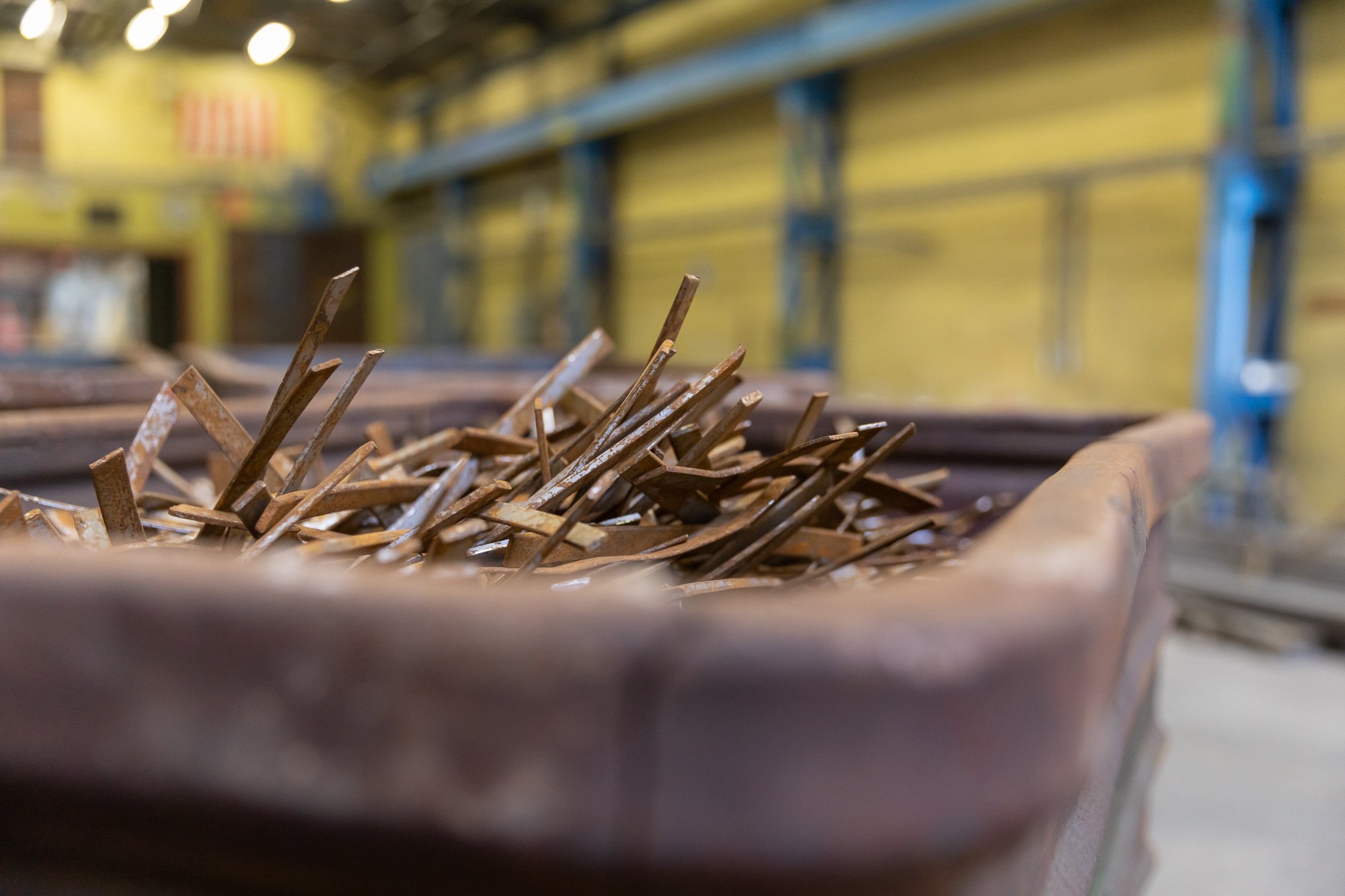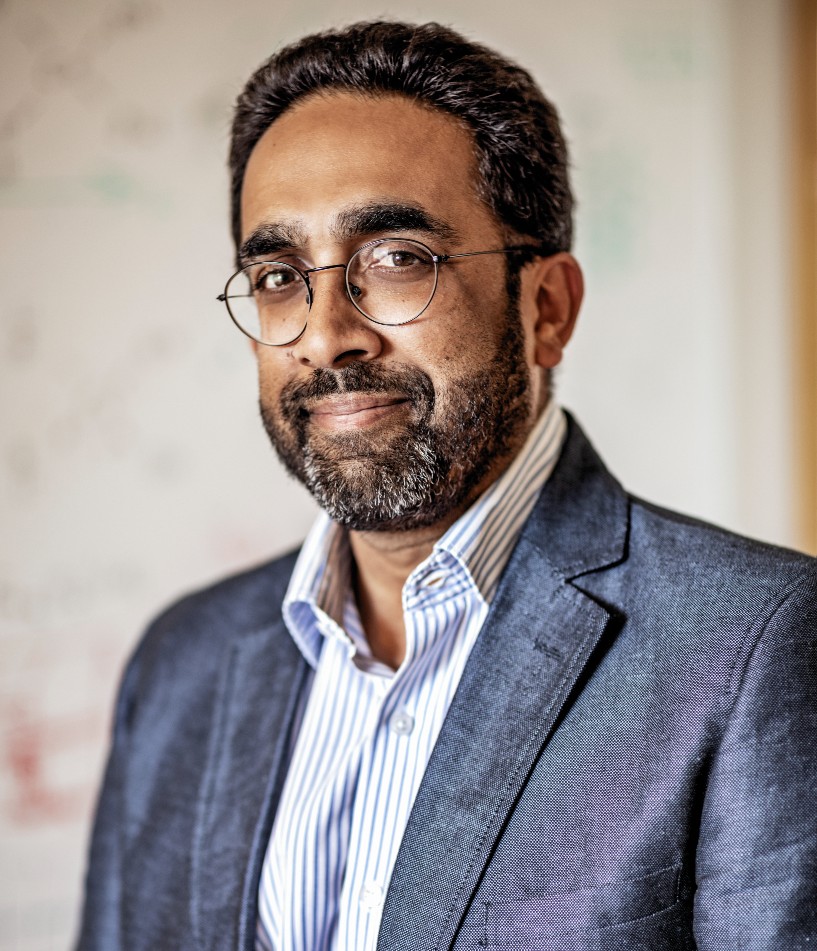Located in Västmanland County, west of Stockholm, Sweden, Kanthal’s steel mill in Hallstahammar is at the very center of its production chain, providing material to all its manufacturing facilities globally. It was here that Hans von Kantzow founded the company in 1931, following his discovery of the FeCrAl (iron-chromium-aluminum) alloy, which still forms the foundation of so many of Kanthal’s technologies.
A lot has happened in the world of industrial heating solutions since von Kantzow made his ground-breaking discovery. Not least, there is society’s growing focus on sustainability, which has made electric heating more relevant than ever in recent years.
External and internal sustainability
 Johanna Nockert, Senior Engineer in Research & Development“Sustainability is important to just about everyone these days,” says Johanna Nockert, a Senior Engineer in Research & Development at Kanthal in Hallstahammar.
Johanna Nockert, Senior Engineer in Research & Development“Sustainability is important to just about everyone these days,” says Johanna Nockert, a Senior Engineer in Research & Development at Kanthal in Hallstahammar.
“For a company like Kanthal that delivers electrical heating solutions to external customers and supports their transition from gas to electric, we also have an incentive to ramp up our internal sustainability work,” continues Nockert, who recently ran a feasibility study aimed at increasing the amount of scrap and recycled material used in the workshop at Kanthal Hallstahammar.
Since a significant amount of our environmental impact is linked to our own production, and, more specifically, our raw-material use, it makes sense for this to be where to focus a lot of our sustainability work.
“Since a significant amount of our environmental impact is linked to our own production, and, more specifically, our raw-material use, it makes sense for this to be where to focus a lot of our sustainability work,” she explains, adding that her investigation into replacing raw materials with scrap has shown positive results.
60% recycled material
At the present time, 60% of Kanthal Hallstahammar’s material use comes from scrap. Of this, around two-thirds are generated by its own production, while the rest is purchased externally.
So, how is the scrap identified and sourced? Nockert explains:
“The internal scrap is collected and sorted at each step of our production, making it easy to reuse, since we already know what’s in it,” she says.
Meanwhile, external scrap is typically purchased either from specialized scrap dealers, or directly from other companies using suitable alloys to make steel-based products. External scrap always needs to be analyzed as part of the sorting process. Once collected and sorted, the scrap is cut down to a suitable size, if needed, and can then be added to the melt as any regular feedstock.
What is the “right kind” of scrap?
 Scrap from our production unit in Hallstahammar“The ‘right kind’ of scrap depends on the alloy we are producing. For example, ferritic stainless steel is suitable for the Kanthal® alloys, whereas high-nickel scrap can be used for the Nikrothal® alloys. In each case, we pay close attention to possible impurities or trace elements in the material, as we can’t risk introducing elements that could compromise the quality of our alloys,” Nockert says.
Scrap from our production unit in Hallstahammar“The ‘right kind’ of scrap depends on the alloy we are producing. For example, ferritic stainless steel is suitable for the Kanthal® alloys, whereas high-nickel scrap can be used for the Nikrothal® alloys. In each case, we pay close attention to possible impurities or trace elements in the material, as we can’t risk introducing elements that could compromise the quality of our alloys,” Nockert says.
The Kanthal portfolio (FeCrAl, NiCr) of alloys differs from mainstream stainless steel in various ways that make it more difficult to increase its scrap content. Dilip Chandrasekaran, Business Development Manager Steel, explains:
 Dilip Chandrasekaran, Business Development Manager Steel“Since there is less available scrap from these materials, it can be tricky to find on the market,” he says. Whereas stainless steel produced in the melt shop in Hallstahammar or at Sandvik Materials Technology in Sandviken is suited to higher scrap contents, the demands on the purity of Kanthal alloys is far greater.
Dilip Chandrasekaran, Business Development Manager Steel“Since there is less available scrap from these materials, it can be tricky to find on the market,” he says. Whereas stainless steel produced in the melt shop in Hallstahammar or at Sandvik Materials Technology in Sandviken is suited to higher scrap contents, the demands on the purity of Kanthal alloys is far greater.
“We need more virgin raw materials to safeguard the purity and make sure nothing negatively impacts the properties of the customer’s product,” continues Chandrasekaran. “Our strict metallurgy process only allows scrap to be used in certain parts, while the other processes depend entirely on raw materials.”
Extending material reuse in the future
Looking to the future, Johanna Nockert hopes Kanthal will stay ahead of the competition when it comes to recycling. One way to further extend its material reuse could be to tweak some of its technical specifications to make more room for recycled alternatives.
“By looking into the most common trace elements in the scrap that’s available and comparing it to the alloy specifications we have, we could look at the impact that a slight increase in those elements might have on the material properties,” she concludes. “Should that impact be minimal, it might open the door to making minor changes to the specifications, thus improving our ability to find more usable scrap.”